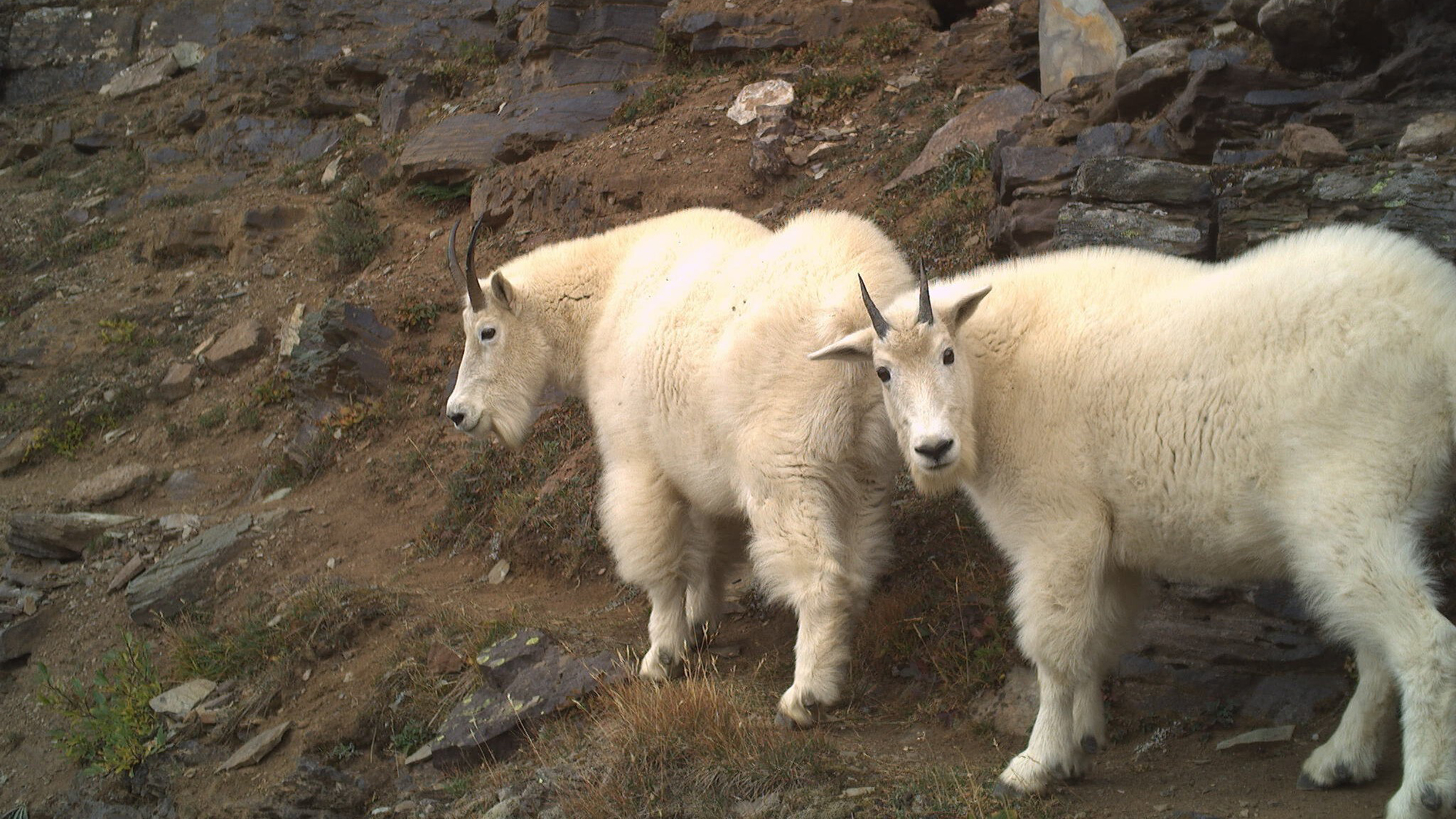

During the lockdowns of the early pandemic, the canals of Venice went from a mucky green to translucent cerulean; motorboat traffic along the waterways had stopped and sediment settled out of the water. Global carbon emissions dropped a record amount, albeit only briefly. People reported animals re-claiming territory from humans in much-memed (and often fake) posts. Nature was–supposedly–healing.
Except that it wasn’t, really. The effects of Covid-19 restrictions on peoples’ activity and wildlife were nuanced and varied, according to a study published March 18 in the journal Nature Ecology & Evolution. The “nature is healing” narrative was far too simplistic to capture the full breadth of what really unfolded between humans and animals in the pandemic’s early stage, says Cole Burton, co-lead study author and a conservation biologist at the University of British Columbia. “I can understand why we wanted to believe that,” he adds, “but there was no one-size-fits all response with animals.”
[Related: Bronze Age village was ‘pretty cozy’—until Britain’s Pompeii]
Instead, Burton and his many collaborators uncovered finer-scale surprises and counterintuitive trends. The scientists took advantage of the rare, experimental opportunity offered by the pandemic and analyzed mammal activity data from 5,400 camera trap locations in 21 countries collected before and during lockdowns. Unexpected patterns emerged.
Lockdowns didn’t mean less human activity or more animal sightings
They found, among other things, that lockdowns did not reduce human presence everywhere–especially not in the parks and other greenspaces documented by the camera traps. “We saw a lot of variation in what people were doing. In some areas, people were using them a lot more,” explains Burton. In Vancouver, where he lives, he notes that regional parks were open and many people found themselves with more free time and an eagerness for safer outdoor socialization. People were “trying to find solace in these parks,” he says–activity on trails went up.
Previous research into pandemic impacts on wildlife has used broadscale measures of human activity, like regional lockdown protocols, to infer how peoples’ behavior changed–but the new research highlights the importance of concrete and specific monitoring data.

Yet even in locations where human activity did decline, mammal activity did not uniformly increase. “What animals were doing in response to people was super variable, that surprised us a bit,” Burton says. Amid the variation, the researchers found trends. Larger carnivores were more sensitive to human presence, so where human activity was higher, the cameras captured fewer big meat-eating animals like wolves and wolverines. In more urbanized areas or places heavily frequented by people, some of these larger carnivores disappeared entirely. But conversely, large herbivores boosted their activity alongside humans. The former effect could potentially be causing the latter, says Burton: It’s possible that humans offer herbivores a protective shield from their predators, scaring off the carnivores that the prey animals would otherwise have to avoid.
Maybe, where humans and development are more prevalent, other species have to work harder to access resources, traveling farther and appearing more active on camera.
Another finding was that animals’ responses to changes in human activity were location- and time-specific. In wilder places, animals appeared warier of people and were more likely to retreat when human activity ticked up. In more developed landscapes, animals seemed more habituated to people, and often either didn’t shift their activity level with humans or became more active alongside people. Though the scientists can’t say for sure why this was the case, Burton says one potential hypothesis is that, in more developed areas, wildlife may be taking advantage of human resources by, say, scouring trash cans for food. But he also highlights a possible competing theory: Maybe, where humans and development are more prevalent, other species have to work harder to access resources, traveling farther and appearing more active on camera. The new research, he notes, highlights that far more work is needed to uncover the why behind their observations. “There’s probably lots of different underlying stories about each different area and species.” Until further analysis is done, those stories will remain obscured.
Covid’s lessons for conservation
Already the study is offering hints. In some instances, the camera trap data showed that higher human activity led animals to become more nocturnal, increasing their nighttime activity–bolstering previous research findings that co-existing among people shifts many mammals’ schedules. “We think this is an adaptation that allows animals to share spaces with humans, while minimizing negative encounters,” Burton says.
In a way, it’s evidence of how animals and humans can, theoretically, achieve harmony. Other species are “working hard to coexist with us, in ways that aren’t always obvious,” he explains. Perhaps, if humans take that into account, and begin meeting other mammals in the middle, nature could truly begin healing.
Burton hopes the global, yet specific findings will help inform and improve conservation efforts. “We might need to think about different types of management in different contexts,” he notes. Perhaps in more remote settings, park managers could use the new study to support permitting, strategic closures, or other efforts that minimize peoples’ presence. In more urban areas, conservation efforts could focus more on reducing nighttime light and noise pollution, to offer wildlife some nightly refuge. “There’s a lot of nuance,” Burton says. “We have to be humble about that as we’re trying to manage our own impact.”
